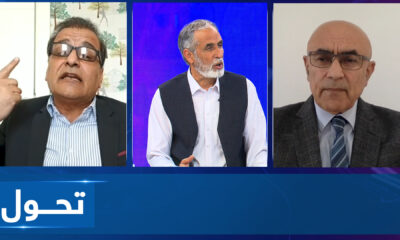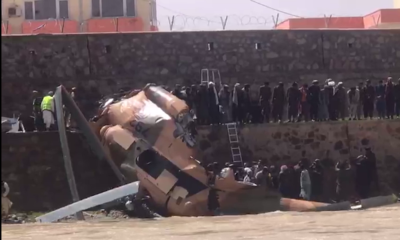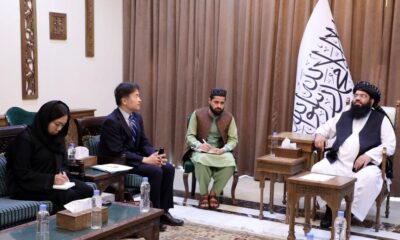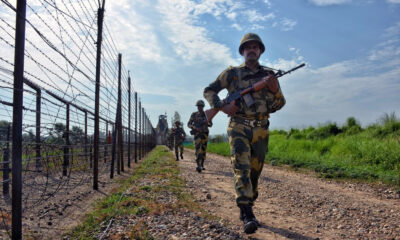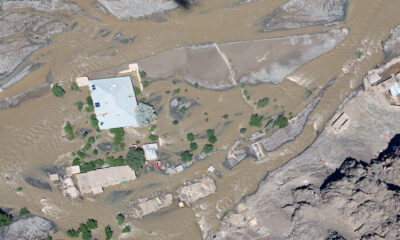Regional
Karabakh Armenians dissolve breakaway govt in capitulation to Azerbaijan
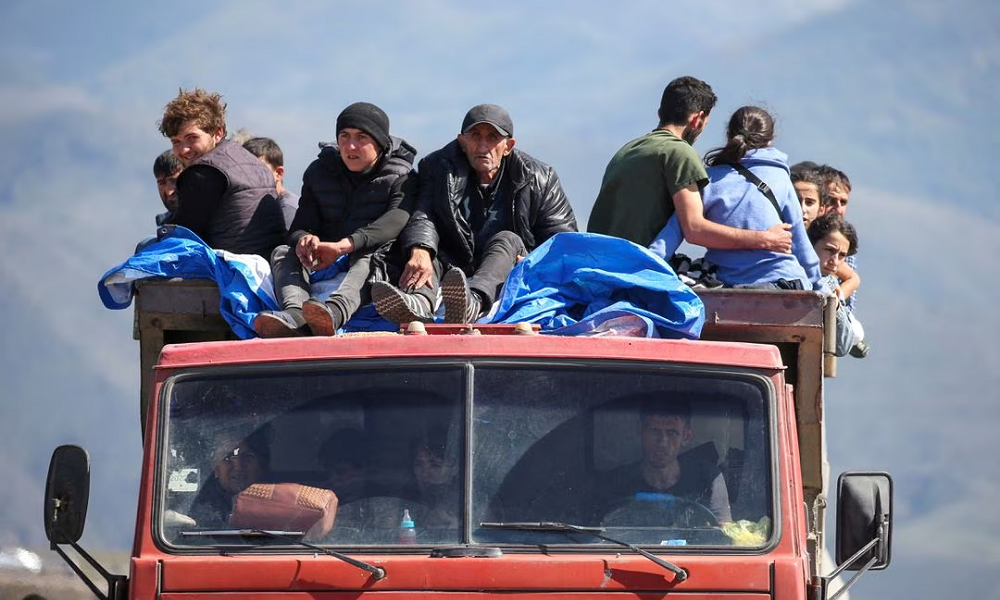
Ethnic Armenians in Nagorno-Karabakh said on Thursday they were dissolving the breakaway statelet they had defended for three decades, where more than half the population has fled since Azerbaijan launched a lightning offensive last week.
In a statement, they said their self-declared Republic of Artsakh would “cease to exist” by Jan. 1, in what amounted to a formal capitulation to Azerbaijan.
For Azerbaijan and its president, Ilham Aliyev, the outcome is a triumphant restoration of sovereignty over an area that is internationally recognised as part of its territory but whose ethnic Armenian majority won de facto independence in a war in the 1990s, Reuters reported.
For Armenians, it is a defeat and a national tragedy.
Some 70,500 people had crossed into Armenia by early Thursday afternoon, Russia’s RIA news agency reported, out of an estimated population of 120,000.
“Analysis of the situation shows that in the coming days there will be no Armenians left in Nagorno-Karabakh,” Interfax news agency quoted Armenian Prime Minister Nikol Pashinyan as saying. “This is an act of ethnic cleansing.”
Azerbaijan denies that accusation, saying it is not forcing people to leave and that it will peacefully reintegrate the Karabakh region and guarantee the civic rights of the ethnic Armenians.
Karabakh Armenians say they do not trust that promise, mindful of a long history of bloodshed between the two sides including two wars since the break-up of the Soviet Union. For days they have fled en masse down the snaking mountain road through Azerbaijan that connects Karabakh to Armenia.
Azerbaijan’s ambassador to London, Elin Suleymanov, told Reuters in an interview that Baku did not want a mass exodus from Karabakh and was not encouraging people to leave.
He said Azerbaijan had not yet had a chance to prove what he said was its sincere commitment to provide secure and better living conditions for those ethnic Armenians who choose to stay.
The Kremlin said on Thursday it was closely monitoring the humanitarian situation in Karabakh and said Russian peacekeepers in the region were providing assistance to residents. It said Russian President Vladimir Putin had no plans to visit Armenia.
Western governments have also expressed alarm over the humanitarian crisis and demanded access for international observers to monitor Azerbaijan’s treatment of the local population.
Samantha Power, head of the U.S. Agency for International Development (USAID), said this week she had heard “very troubling reports of violence against civilians”.
Azerbaijan said Aliyev had told her at a meeting on Wednesday that the rights of ethnic Armenians would be protected by law, like those of other minorities.
“The Azerbaijani president noted that the civilian population had not been harmed during the anti-terrorist measures, and only illegal Armenian armed formations and military facilities had been targeted,” a statement said.
Aliyev’s office said on Thursday he was visiting Jabrayil, a city on the southern edge of Karabakh that was destroyed by Armenian forces in the 1990s, which Azerbaijan recaptured in 2020 and is now rebuilding.
While saying he had no quarrel with ordinary Karabakh Armenians, Aliyev last week described their leaders as a “criminal junta” that would be brought to justice.
A former head of Karabakh’s government, Ruben Vardanyan, was arrested on Wednesday as he tried to cross into Armenia. Azerbaijan’s state security service said on Thursday he was being charged with financing terrorism and with illegally crossing the Azerbaijani border last year.
David Babayan, an adviser to the Karabakh leadership, said in a statement he was voluntarily giving himself up to the Azerbaijani authorities.
Mass displacements have been a feature of the Karabakh conflict since it broke out in the late 1980s as the Soviet Union headed towards collapse.
Between 1988 and 1994 about 500,000 Azerbaijanis from Karabakh and the areas around it were expelled from their homes, while the conflict prompted 350,000 Armenians to leave Azerbaijan and 186,000 Azerbaijanis to leave Armenia, according to “Black Garden: Armenia and Azerbaijan Through Peace and War”, a 2003 book by Caucasus scholar and analyst Thomas de Waal.
Many of the Armenians escaping this week in heavily laden cars, trucks, buses and even tractors said they were hungry and fearful.
“This is one of the darkest pages of Armenian history,” said Father David, a 33-year-old Armenian priest who came to the border to provide spiritual support for those arriving. “The whole of Armenian history is full of hardships.”
Regional
World Court to hold hearings over Israel’s Rafah attacks
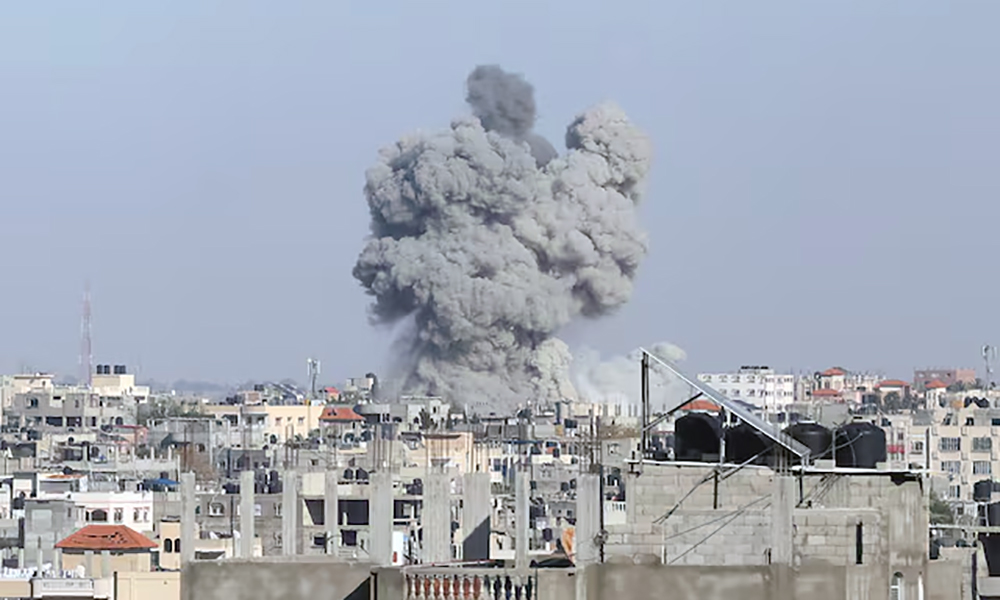
The U.N.’s International Court of Justice will hold hearings on Thursday and Friday to discuss new emergency measures sought by South Africa over Israel’s attacks on Rafah during the war in Gaza, the court said Tuesday.
The measures form part of an ongoing case South Africa filed at the ICJ in December last year accusing Israel of violating the Genocide Convention during its offensive against Palestinians in Gaza, Reuters reported.
Israel has previously said it is acting in accordance with international law and has called the genocide case baseless and accused Pretoria of acting as “the legal arm” of Gaza’s ruling Hamas militants.
South Africa will address the court on Thursday after it asked the ICJ, also known as the World Court, last week to order Israel to cease its Rafah offensive and allow unimpeded access to Gaza for U.N. officials, organisations providing humanitarian aid, and journalists and investigators.
Israel will present its side of the case on Friday, according to the court schedule.
The war has killed nearly 35,000 people in Gaza, according to health authorities there. About 1,200 people were killed in Israel and 253 taken hostage on Oct. 7 when Hamas launched the attack that started the war, according Israeli tallies.
The hearings in The Hague will only focus on issuing emergency measures, to keep the dispute from escalating, before the court can rule on the merits of the case, which usually takes years. While the ICJ’s rulings are binding and without appeal, the court has no way to enforce them, read the report.
Regional
UN says Gaza death toll still over 35,000 but not all bodies identified
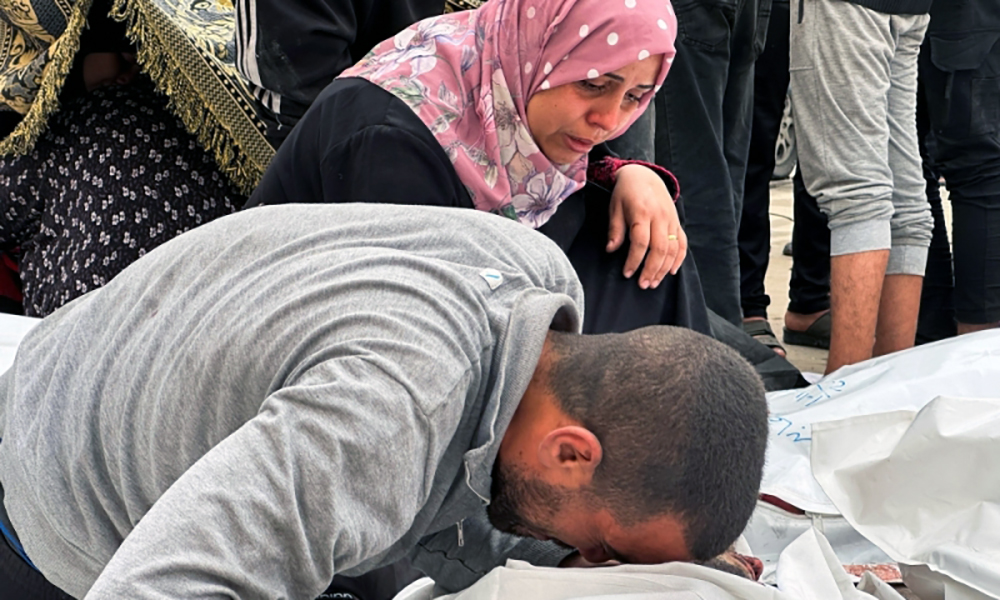
The death toll in the Gaza Strip from the Israel-Hamas war is still more than 35,000, but the enclave’s Ministry of Health has updated its breakdown of the fatalities, the United Nations said on Monday after Israel questioned a sudden change in numbers, Reuters reported.
U.N. spokesperson Farhan Haq said the ministry’s figures – cited regularly by the U.N. its reporting on the seven-month-long conflict – now reflected a breakdown of the 24,686 deaths of “people who have been fully identified.”
“There’s about another 10,000 plus bodies who still have to be fully identified, and so then the details of those – which of those are children, which of those are women – that will be re-established once the full identification process is complete,” Haq told reporters in New York.
Israel last week questioned why the figures for the deaths of women and children has suddenly halved, read the report.
Haq said those figures were for identified bodies – 7,797 children, 4,959 women, 1,924 elderly, and 10,006 men – adding: “The Ministry of Health says that the documentation process of fully identifying details of the casualties is ongoing.”
Oren Marmorstein, spokesperson for Israel’s Ministry of Foreign Affairs, on Monday accused Palestinian militants Hamas of manipulating the numbers, saying: “They are not accurate and they do not reflect the reality on the ground.”
“The parroting of Hamas’ propaganda messages without the use of any verification process has proven time and again to be methodologically flawed and unprofessional,” he said in a social media post.
Haq said U.N. teams in Gaza were not able to independently verify the Gaza Ministry of Health (MoH) figures given the ongoing war and sheer number of fatalities.
“Unfortunately we have the sad experience of coordinating with the Ministry of Health on casualty figures every few years for large mass casualty incidents in Gaza, and in past times their figures have proven to be generally accurate,” Haq said.
The World Health Organization “has a long-standing cooperation with the MoH in Gaza and we can attest that MoH has good capacity in data collection/analysis and its previous reporting has been considered credible,” said WHO spokesperson Margaret Harris.
“Real numbers could be even higher,” she said.
Regional
Israeli forces step up attacks on Jabalia camp and Rafah in Gaza
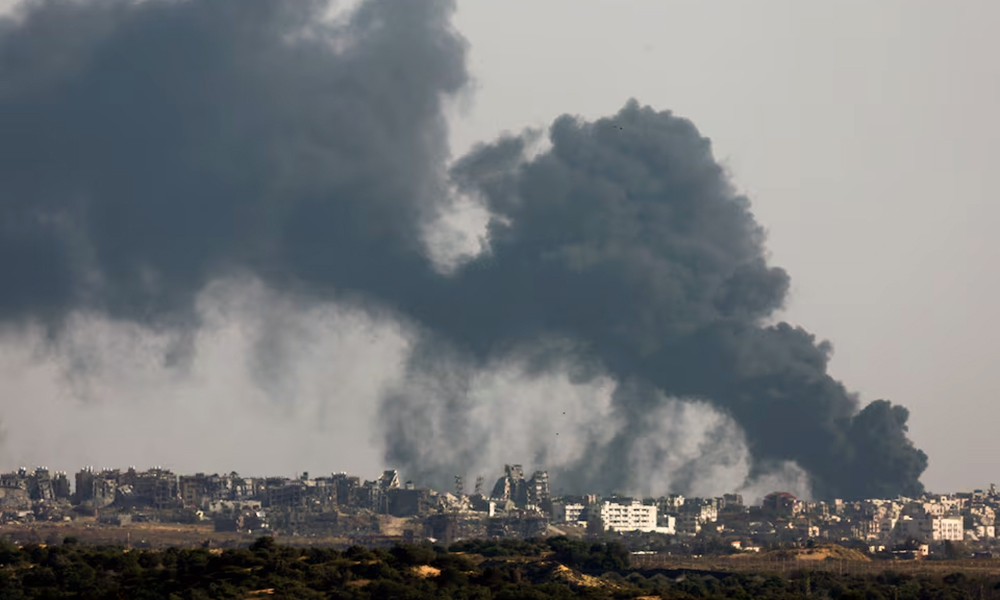
Israeli tanks, under cover of heavy fire from air and ground, pushed further into Jabalia in the northern Gaza Strip on Monday, residents and Hamas media said, while tanks and troops crossed a key highway on the outskirts of Rafah in the south.
In Jabalia, tanks were trying to advance towards the heart of the camp, the biggest of Gaza’s eight historic refugee camps, Reuters reported Monday.
Residents said tank shells were landing at the center of the camp and that air strikes had destroyed clusters of houses.
Residents and medics said several people were killed and wounded in a series of air strikes on the camp overnight. Medics said they have been unable to send teams to some of the bombed areas because of the intensity of the Israeli bombardment but they have reports of fatalities.
In Rafah, near the border with Egypt, Israel stepped up aerial and ground bombardments on the eastern areas of the city, killing people in an airstrike on a house in the Brazil neighborhood.
Residents said Israeli tanks have cut off the Salahuddin Road that bisects the eastern part of the city, while the eastern part of Rafah remained a “ghost town”.
Intense fighting was reported and Israeli forces and tanks were seen in the southeast area of Rafah, residents said.
Hamas’ armed wing said its fighters were engaged in gun battles with Israeli forces in one of the streets east of Rafah, and in the east of Jabalia.
In Israel, the military sounded sirens several times in areas near Gaza, warning of potential Palestinian cross-border rocket and or mortar launches.
-
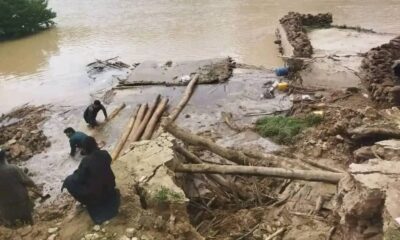
 Latest News5 days ago
Latest News5 days agoHundreds killed and injured in floods in four Afghan provinces
-
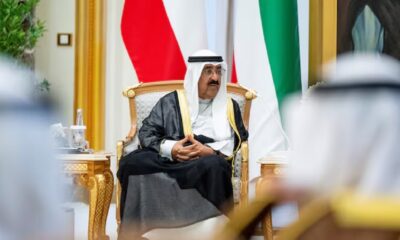
 World5 days ago
World5 days agoKuwait’s Emir dissolves parliament, suspends some constitution articles
-
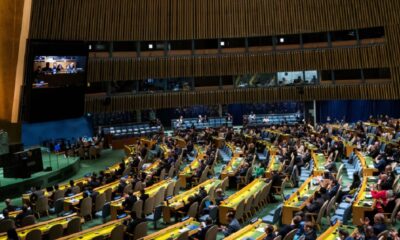
 World5 days ago
World5 days agoUN General Assembly backs Palestinian bid for membership
-
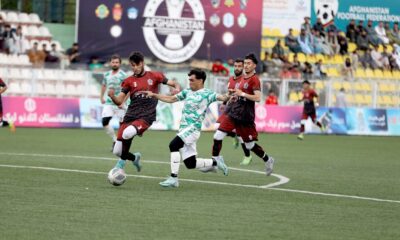
 Sport5 days ago
Sport5 days agoSorkh Poshan Khafi and Sarsabz Yashlar win in ACL matches
-
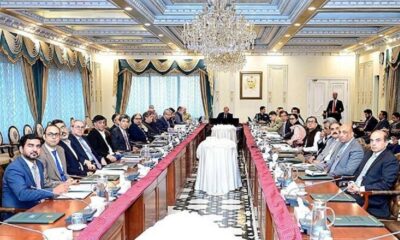
 Business4 days ago
Business4 days agoPakistan: Consultations underway on preferential trade agreement with Afghanistan
-
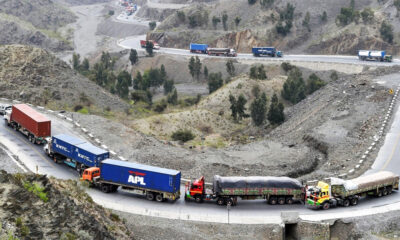
 Business4 days ago
Business4 days agoAfghanistan, Pakistan agree on new travel mechanism for truckers
-

 Sport4 days ago
Sport4 days agoKolkata down Mumbai to confirm IPL play-off berth
-

 Business3 days ago
Business3 days agoAfghanistan can become important industrial center in region: Hanafi


